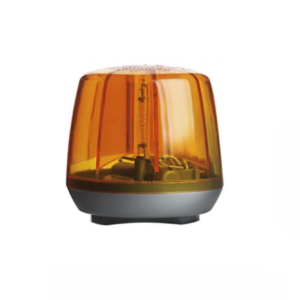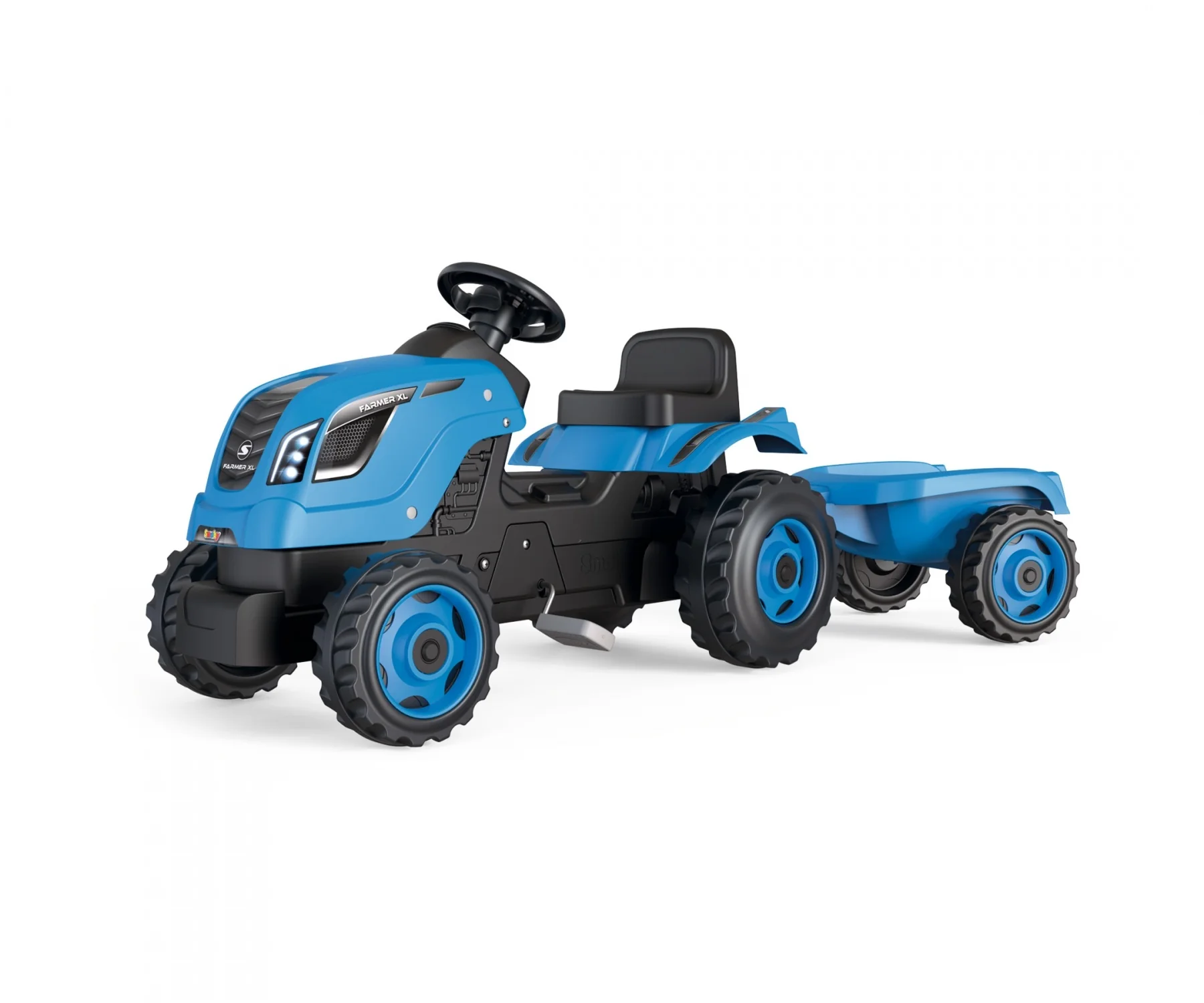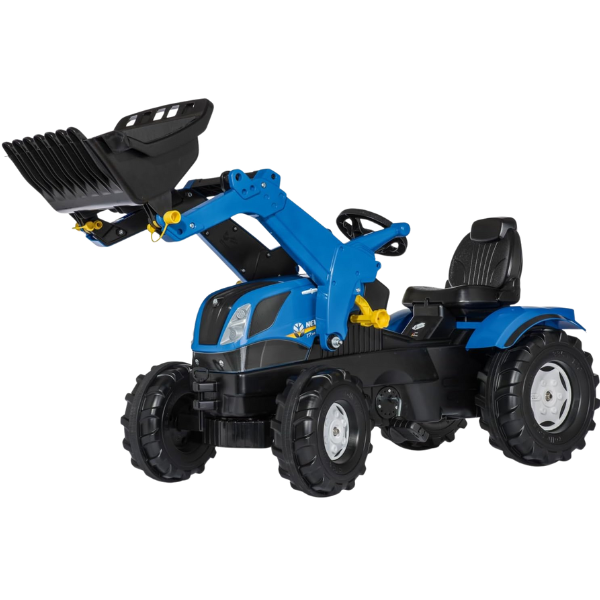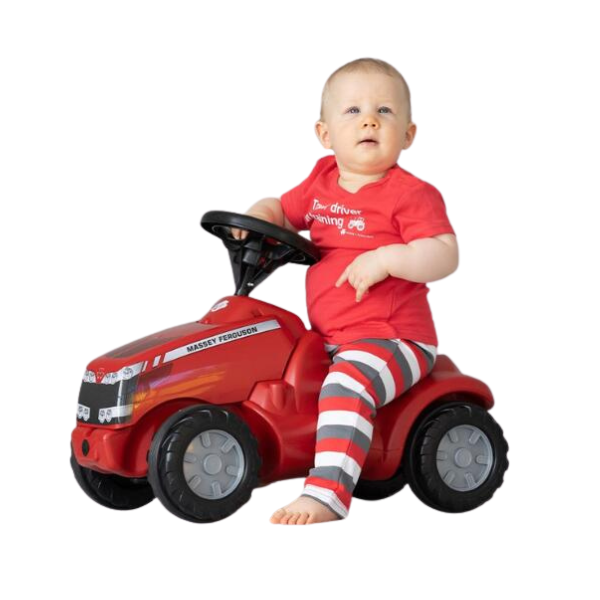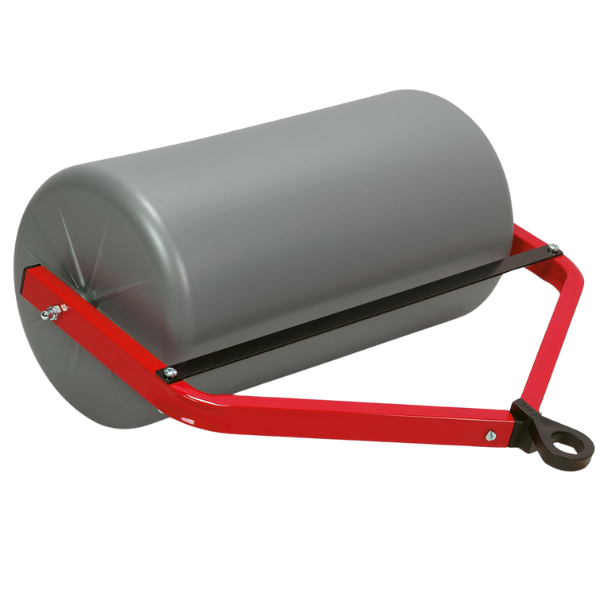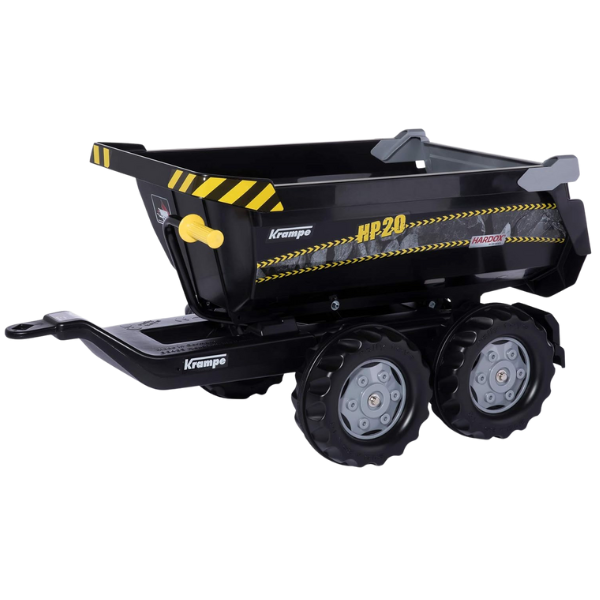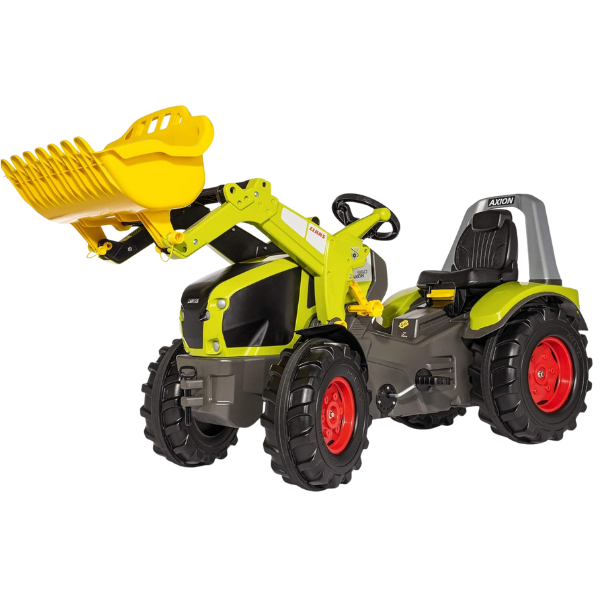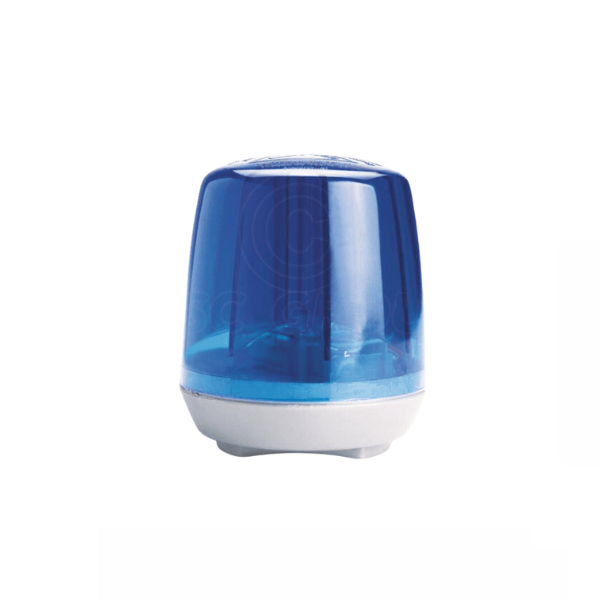Frequently asked questions
Which is better: Pedal or Battery-Powered? Are they safe for my child's age?
- Pedal-Powered:
- Pros: Excellent for gross motor skill development, coordination, and building leg strength. They’re simpler, lighter, often more durable, and never run out of charge! Generally suitable for younger toddlers (18 months+) who can reach the pedals and steer.
- Cons: Can be tiring for long distances, and hills are a challenge. Some kids might get frustrated if they can’t keep up with older siblings on battery toys.
- Safety: Very safe due to low speeds and direct child control. Ensure the child’s feet can comfortably reach the pedals and they can steer independently.
- Battery-Powered (Electric):
- Pros: Offers more power for varied terrain (grass, gravel), can go longer distances, and often comes with more features (lights, sounds, multiple speeds, sometimes even a parental remote control). Great for kids who want a more “realistic” farming experience. Suitable for ages 3+ depending on the model and speed settings.
- Cons: Requires charging, can be heavier, and generally more expensive. Speed can be a concern for some parents.
- Safety: Look for models with speed governors, slow start functions, and seatbelts. Many have a parental remote override, which is a fantastic safety feature, especially for younger riders. Always supervise children on battery-powered toys, regardless of features.
What about assembly? Am I going to need an engineering degree and a full day off work?
It truly depends on the model!
- Simpler Pedal Tractors: Often involve attaching the steering wheel, seat, and maybe a few wheel caps. Can usually be done in 30-60 minutes with basic tools.
- Complex Battery-Powered Tractors with Features: These can be more involved. Expect to attach wheels, axles, the steering column, seat, lights, sounds, and potentially wire up the battery. Some parents report needing a few hours, a second pair of hands, and a good instruction manual (or a YouTube tutorial!).
Parent Tip: Unpack everything and lay out all the parts before you start. Read the instructions fully first. Grab a coffee, put on some music, and approach it with patience. The joy on your child’s face at the end will be worth it!
Do I really need all the attachments (trailers, loaders, diggers)? Are they just gimmicks?
While not “essential” for the basic ride, attachments massively enhance the play experience!
- Trailers: A classic for a reason! Kids love hauling rocks, leaves, sticks, toys, or even a willing pet around. It encourages imaginative play (“delivering hay,” “collecting crops”).
- Front Loaders/Digger Scoops: These are fantastic for sensory play and developing fine motor skills. Scooping sand, dirt, or snow transforms a ride into a construction adventure.
- Other Attachments (e.g., tillers, ploughs): Less common but further deepen the farming role-play.
How long does the battery last on electric models, and how do I maintain it?
Battery life varies greatly based on the toy, terrain, child’s weight, and how aggressively it’s driven.
- Typical Run Time: Expect anywhere from 45 minutes to 2 hours of continuous play on a full charge.
- Charging Time: Usually 8-12 hours for a full charge. Avoid overcharging indefinitely.
- Maintenance Tips:
- Read the Manual: Always follow the manufacturer’s specific instructions.
- Initial Charge: Often, the first charge is recommended to be longer (e.g., 18 hours) to condition the battery.
- Charge After Each Use: Even if only used for a short time, charging ensures it’s ready for the next adventure.
- Avoid Deep Discharge: Don’t let the battery completely die often, as this can shorten its lifespan.
- Store Charged: If storing for an extended period (off-season), fully charge the battery and disconnect it. Recharge it every few months to keep it healthy.
- Temperature: Charge and store in a moderate temperature environment. Extreme heat or cold can damage the battery.


